Did you know? |
An oscilloscope can only measure the signal that the probe delivers to its input. Choosing the right probe is therefore essential to ensure a high signal fidelity and measurement accuracy. Read more...
Latest Oscilloscope News |
Ethernet Interface Verification with an Oscilloscope
 04 April 2014 -The R&S RTO digital oscilloscope family of Rohde & Schwarz now features an automated compliance test solution for Ethernet interfaces. The new R&S RTO-K22 and R&S RTO-K23 Ethernet compliance options allow users to perform standard-compliant automated tests on 10/100/1000BASE-T and 10GBASE-T Ethernet interfaces. All compliance tests meet IEEE and ANSI Ethernet test specifications.
04 April 2014 -The R&S RTO digital oscilloscope family of Rohde & Schwarz now features an automated compliance test solution for Ethernet interfaces. The new R&S RTO-K22 and R&S RTO-K23 Ethernet compliance options allow users to perform standard-compliant automated tests on 10/100/1000BASE-T and 10GBASE-T Ethernet interfaces. All compliance tests meet IEEE and ANSI Ethernet test specifications.
Digital Oscilloscope with optional Arbitrary Function Generator
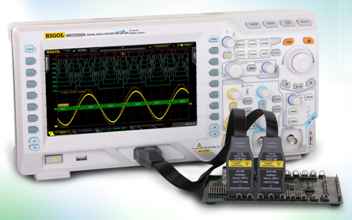 03 April 2014 - RIGOL Technologies EU GmbH introduces the DS2000A-(S) series digital oscilloscope with a bandwidth from 70MHz to 300MHz. The specially designed analog front end delivers a lower noise floor and a wider vertical range (500 uV/div to 10 V/div) at full bandwidth.
03 April 2014 - RIGOL Technologies EU GmbH introduces the DS2000A-(S) series digital oscilloscope with a bandwidth from 70MHz to 300MHz. The specially designed analog front end delivers a lower noise floor and a wider vertical range (500 uV/div to 10 V/div) at full bandwidth.
Tektronix enhances Entry Level Oscilloscopes
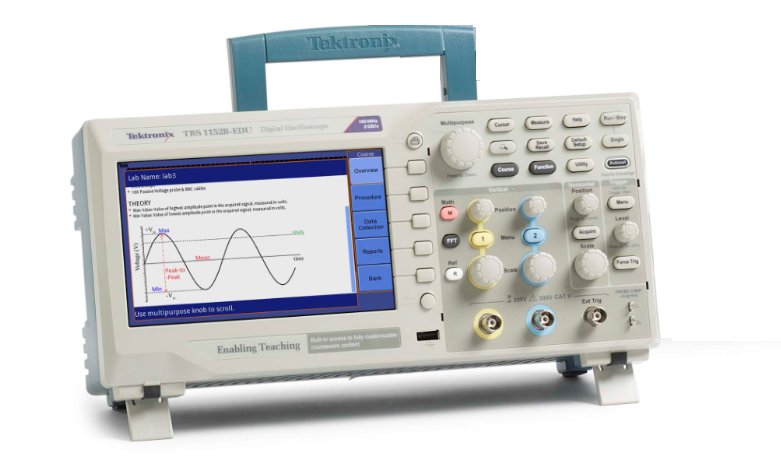 02 April 2014 – Tektronix introduced the TBS1000B-EDU and TBS1000B series of 2-channel oscilloscopes. Featuring across-the-board enhancements such as a high-resolution 7-inch display, dual channel frequency counter and 34 automated measurements, the new instruments represent the best value entry level oscilloscopes for students and teachers and support a wide range of general commercial applications including basic research and development.
02 April 2014 – Tektronix introduced the TBS1000B-EDU and TBS1000B series of 2-channel oscilloscopes. Featuring across-the-board enhancements such as a high-resolution 7-inch display, dual channel frequency counter and 34 automated measurements, the new instruments represent the best value entry level oscilloscopes for students and teachers and support a wide range of general commercial applications including basic research and development.
40 Channels with up to 63 GHz Bandwidth
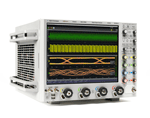 28 March 2014 – Agilent introduced its Infiniium Z-Series oscilloscopes, which can be synchronized to measure up to 40 channels simultaneously with a maximum 63-GHz real-time oscilloscope bandwidth (on up to 10 oscilloscopes). With industry-leading noise and jitter measurement floors, the new oscilloscopes enable engineers to effectively test devices that incorporate the newest technologies and achieve new performance milestones.
28 March 2014 – Agilent introduced its Infiniium Z-Series oscilloscopes, which can be synchronized to measure up to 40 channels simultaneously with a maximum 63-GHz real-time oscilloscope bandwidth (on up to 10 oscilloscopes). With industry-leading noise and jitter measurement floors, the new oscilloscopes enable engineers to effectively test devices that incorporate the newest technologies and achieve new performance milestones.
Next-Generation Oscilloscope User Interface
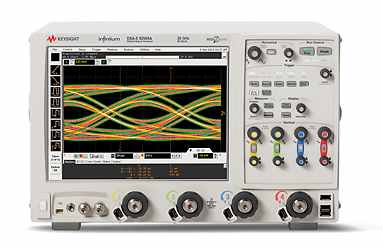 25 March 2014 – Agilent announced a next-generation user interface for its Infiniium real-time oscilloscopes. It is the first oscilloscope user interface to take advantage of new display technologies and significantly enhance the user experience by offering faster documentation, personalized viewing and improved usability.
25 March 2014 – Agilent announced a next-generation user interface for its Infiniium real-time oscilloscopes. It is the first oscilloscope user interface to take advantage of new display technologies and significantly enhance the user experience by offering faster documentation, personalized viewing and improved usability.
Tektronix announces Pricing and Line-up Changes for Mixed Signal Oscilloscopes
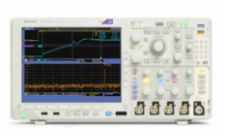 04 March 2014 – Tektronix announced that its MDO4000B Series of Mixed Domain Oscilloscopes are now available at the same price point as MSO4000B Mixed Signal Oscilloscopes. The Tektronix Mixed Domain Oscilloscopes (MDO) include a built-in spectrum analyzer along with 4 analog channels and 16 digital signal inputs — with the MDO4000B Series enabling engineers to capture synchronized analog, digital and RF signals for a complete, time-correlated system view, saving debug time.
04 March 2014 – Tektronix announced that its MDO4000B Series of Mixed Domain Oscilloscopes are now available at the same price point as MSO4000B Mixed Signal Oscilloscopes. The Tektronix Mixed Domain Oscilloscopes (MDO) include a built-in spectrum analyzer along with 4 analog channels and 16 digital signal inputs — with the MDO4000B Series enabling engineers to capture synchronized analog, digital and RF signals for a complete, time-correlated system view, saving debug time.
Rigol extends Mixed-Signal Digital Oscilloscope Family
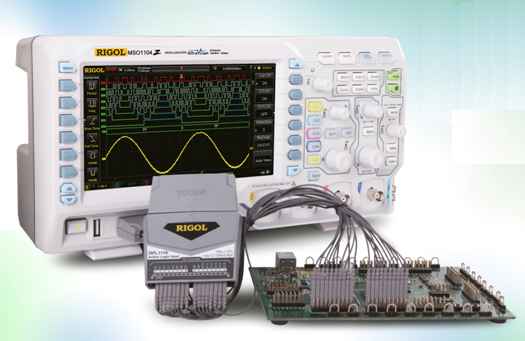 03 March 2014 - RIGOL Technologies presents a mixed signal extension to the DS1000Z and DS2000A Digital Oscilloscopes series. The oscilloscopes offer a bandwidth from 70MHz to 300MHz and a specially designed analog front end with a lower noise floor and a wider vertical range (MSO2000A only 500 uV/div to 10 V/div) at full bandwidth. The instruments also leverage Rigol’s innovative "UltraVision" technologies from the DS6000 series.
03 March 2014 - RIGOL Technologies presents a mixed signal extension to the DS1000Z and DS2000A Digital Oscilloscopes series. The oscilloscopes offer a bandwidth from 70MHz to 300MHz and a specially designed analog front end with a lower noise floor and a wider vertical range (MSO2000A only 500 uV/div to 10 V/div) at full bandwidth. The instruments also leverage Rigol’s innovative "UltraVision" technologies from the DS6000 series.
Oscilloscope Basics |
Oscilloscope Probes – Vital Link in the Measurement Chain
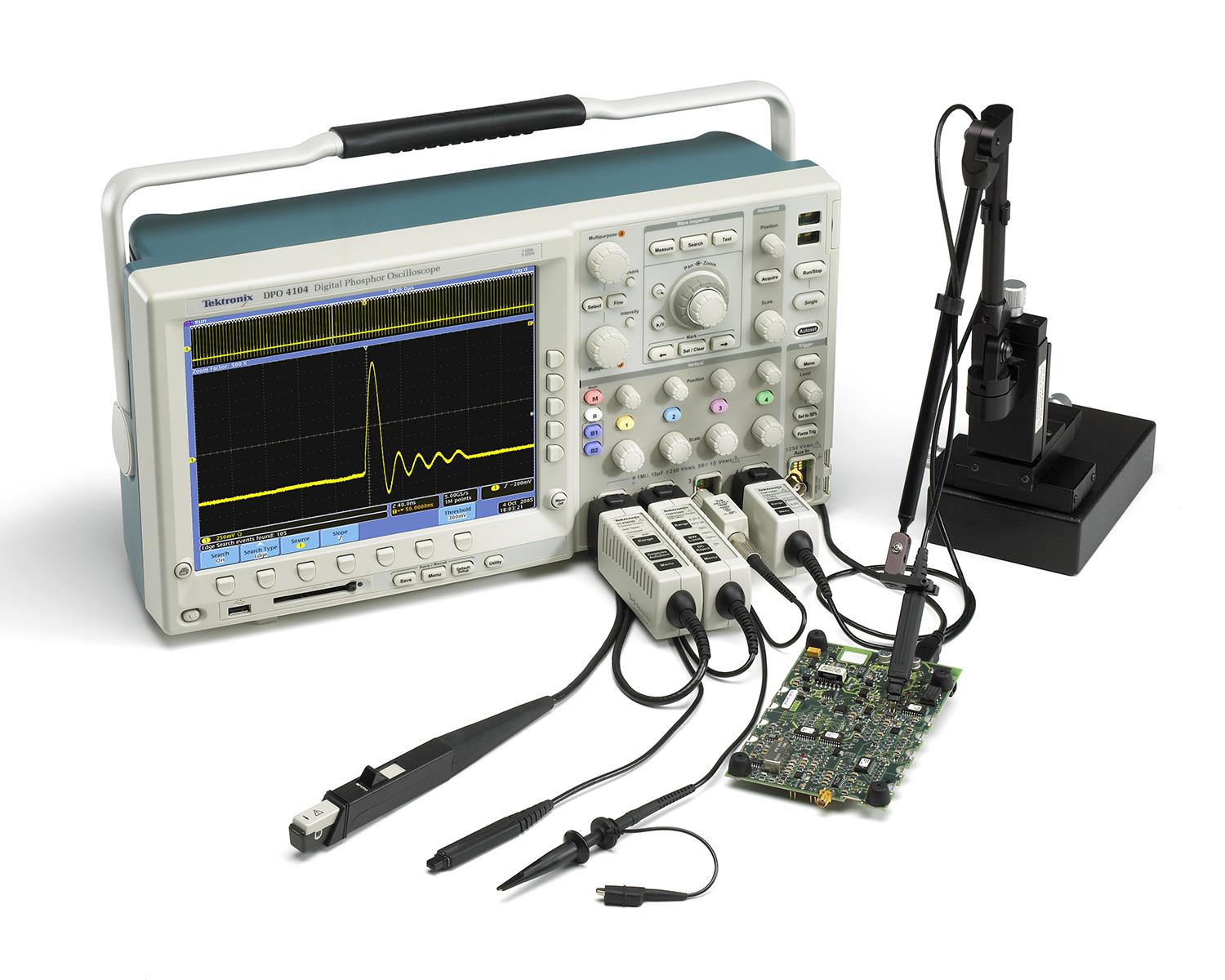
Oscilloscope Background |
Digital Debugging - better using a Mixed-Signal-Oscilloscope or a Logic Analyzer?
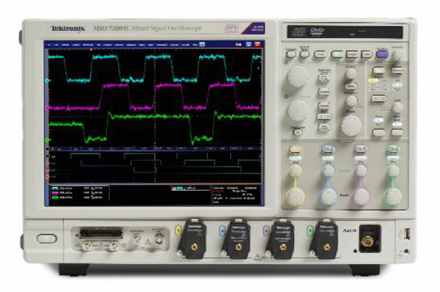 Today’s technology is fundamentally balanced on an increasingly fine line between the analogue and digital domains; as data speeds increase — both within and between devices — the ‘ideal world’ of fast, clean digital transitions becomes evermore difficult to achieve. This presents new and escalating challenges when verifying faster digital signals that exhibit more and more analogue-like features. As a result it is becoming necessary to remove the hard line between digital and analogue.
Today’s technology is fundamentally balanced on an increasingly fine line between the analogue and digital domains; as data speeds increase — both within and between devices — the ‘ideal world’ of fast, clean digital transitions becomes evermore difficult to achieve. This presents new and escalating challenges when verifying faster digital signals that exhibit more and more analogue-like features. As a result it is becoming necessary to remove the hard line between digital and analogue.

 How to resolve AdBlock issue?
How to resolve AdBlock issue?